Interested in becoming a DSS Special Agent? They anticipate an application announcement on October 10th.

Keep up to date at www.facebook.com/StateDeptDSS or www.state.gov/ds-1504-form-instructions for instructions.
Interested in becoming a DSS Special Agent? They anticipate an application announcement on October 10th.

Keep up to date at www.facebook.com/StateDeptDSS or www.state.gov/ds-1504-form-instructions for instructions.
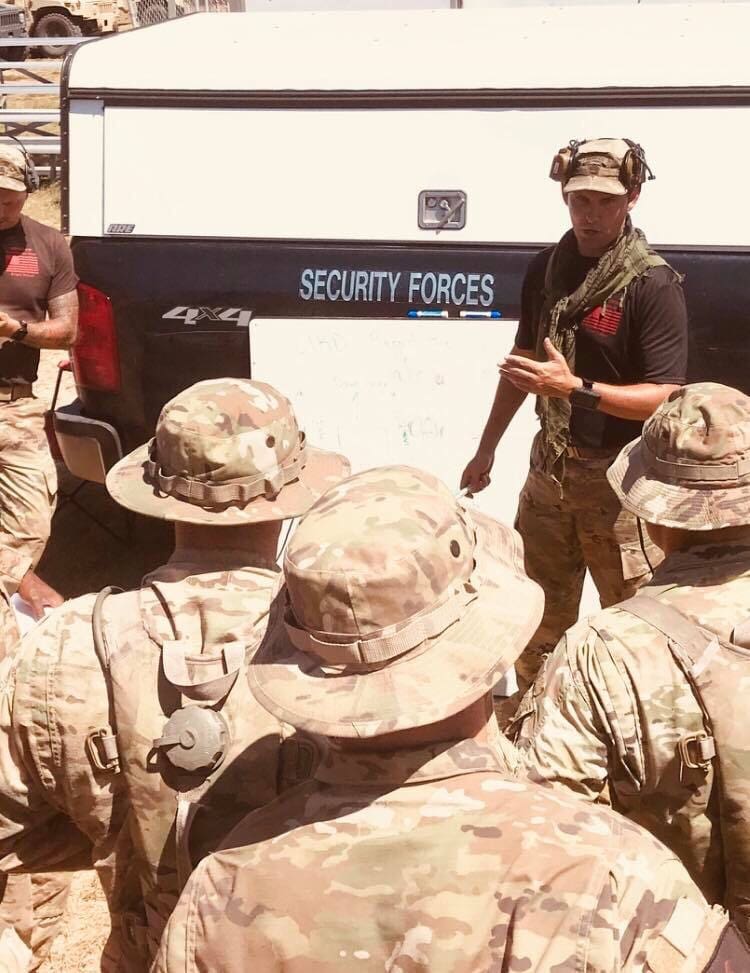
This past month in Guernsey Wyoming, two senior instructors from the United States Army Sniper Course from Fort Benning, Georgia, took part in assisting the United States Air Force in enhancing their lethality with overseeing the Nuclear Advanced Designated Marksman Course. Over the course of four weeks, the NADM and USASC cadre put 21 students to the test on advanced field craft and rigorous shooting qualifications to ensure that our most casualty producing weapon stays in the right hands. The United States Army Sniper Course is the premier sniper school in the U.S. military and is the forerunner on building interoperability with sister services and allied nations.
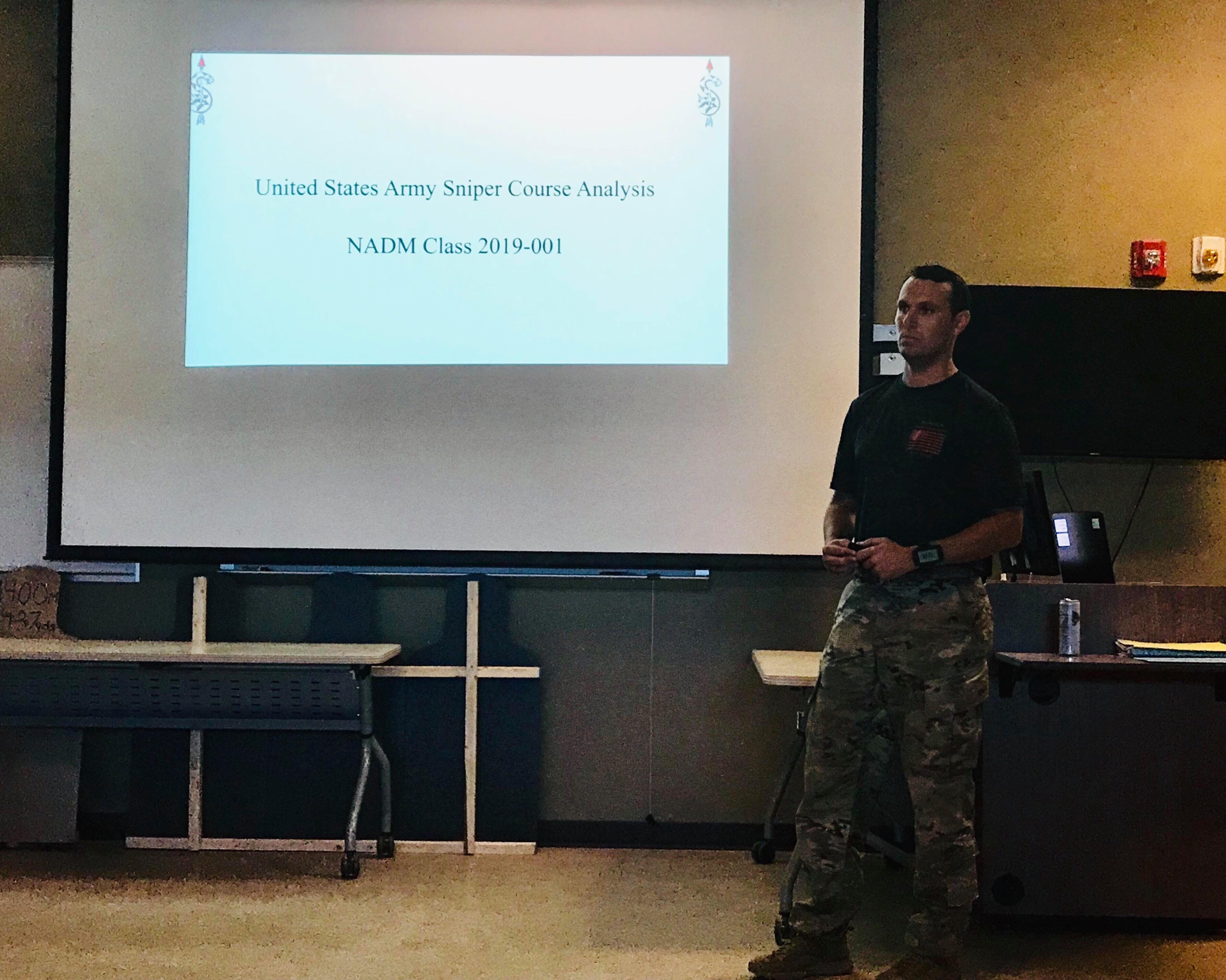
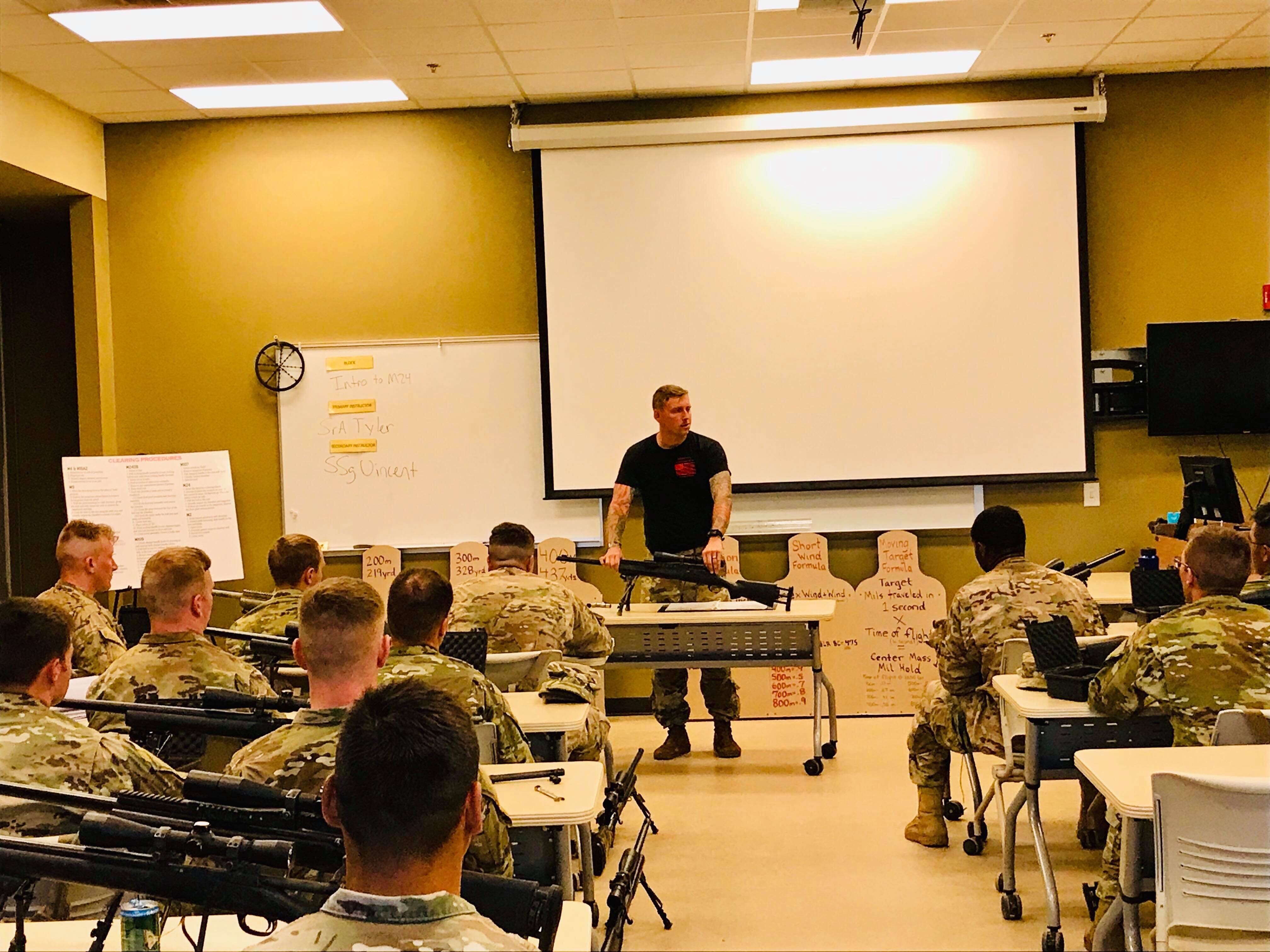
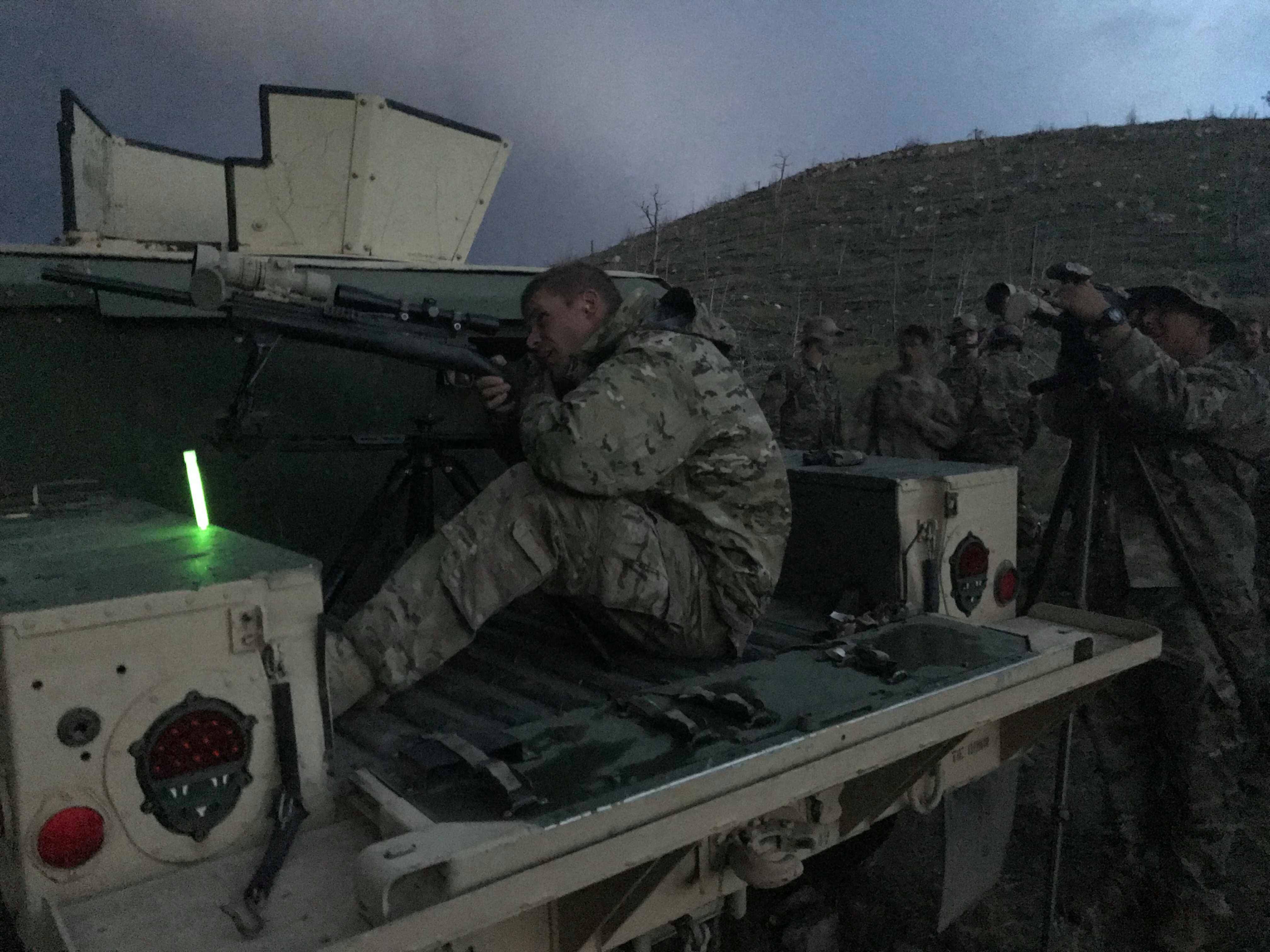
Meet the Langdon Tactical Edition XD-E, their latest project. Although it’s a bit of a departure from Langdon’s work on Berettas. he likes the fact that the popular XD-E is DA/SA.
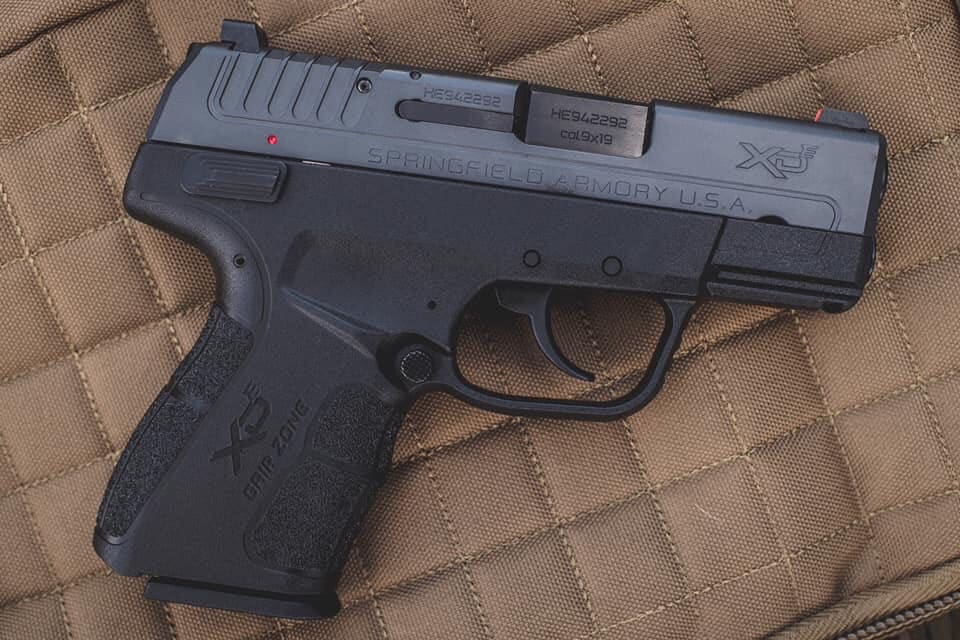
Their custom model incorporates a Trigger Job, Upgraded Sights, Low-Profile Hammer, and Sniper Gray Slide.

Like the Langdon Tactical Beretta 92s and PX4s, the Langdon Tactical Edition XD-E features greatly enhanced trigger feel and performance without sacrificing safety or reliability. They further enhanced Springfield Armory’s Low Effort Slide by reducing effort needed to rack the slide and cock the hammer even further.
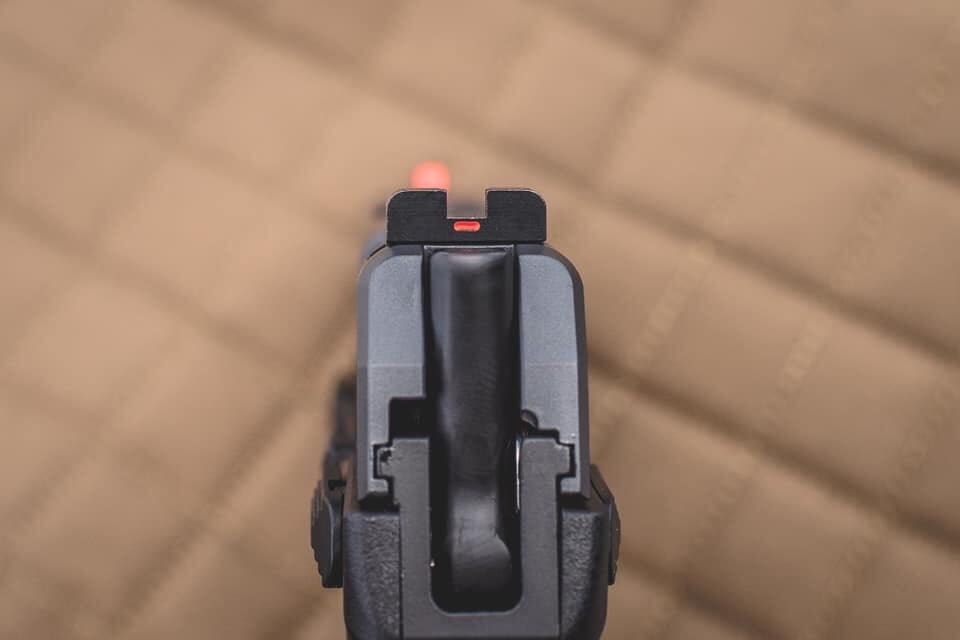
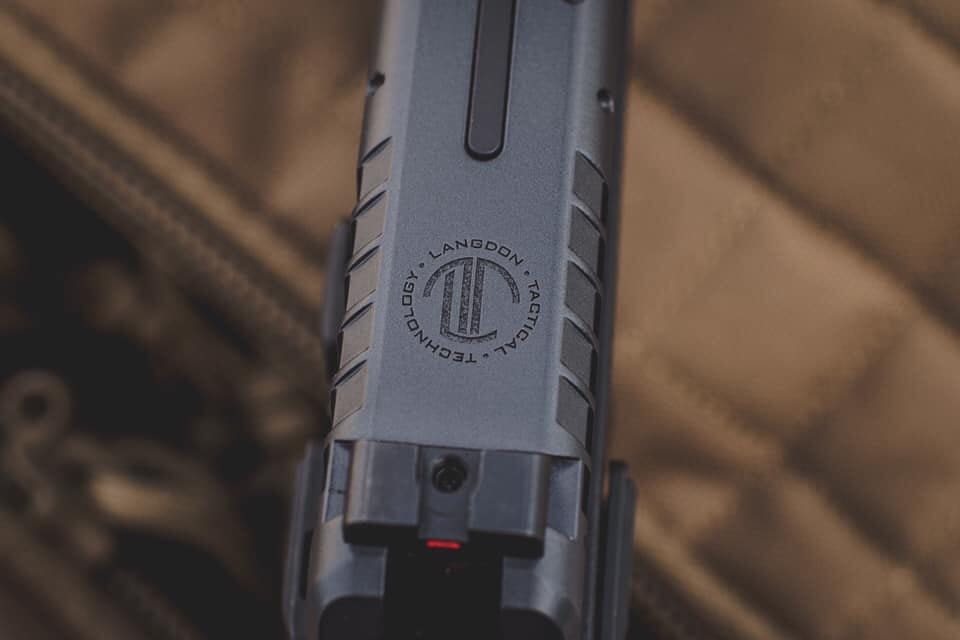
SSG Patrick Howard of the 5th Special Forces Group (Airborne) Public Affairs Office took these photos of 5th Group NCOs conducting an exercise on Fort Campbell with Troop, 1st Squadron, 75th Cavalry Regiment, 2nd Brigade Combat Team, 101st Airborne Division.
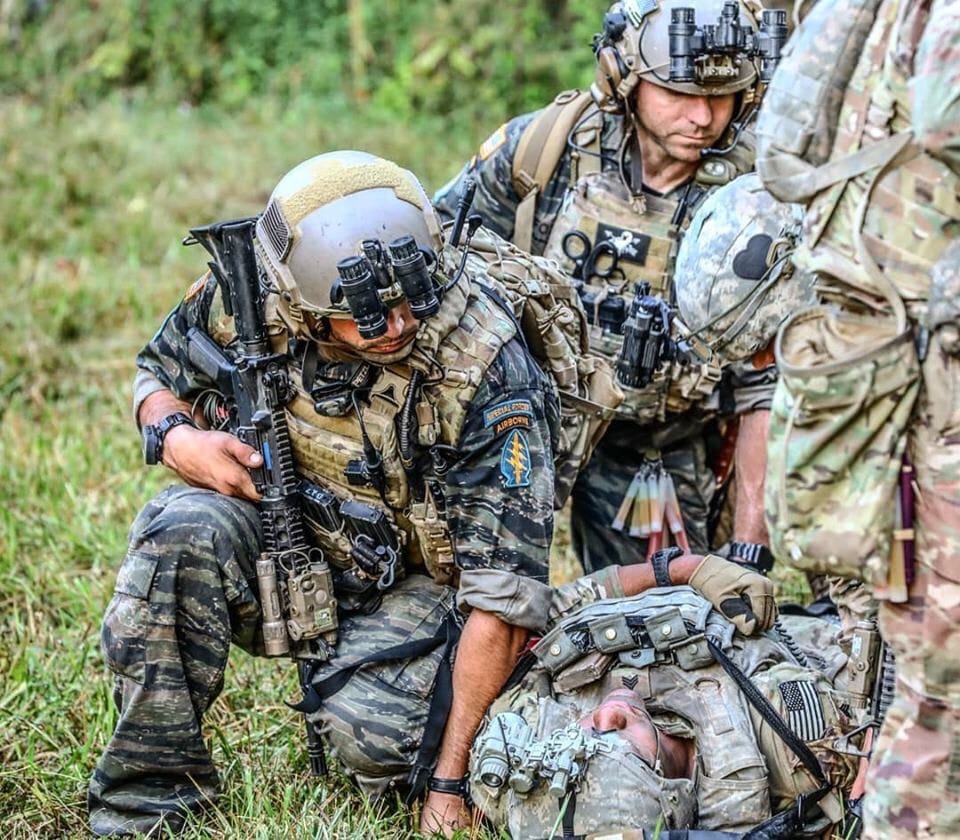
The battle drills, mission planning and casualty care is oretty standard fare, but what makes these photos interesting is the Green Berets depicted in the photos chose to go old school by wearing Tigerstripe uniforms.
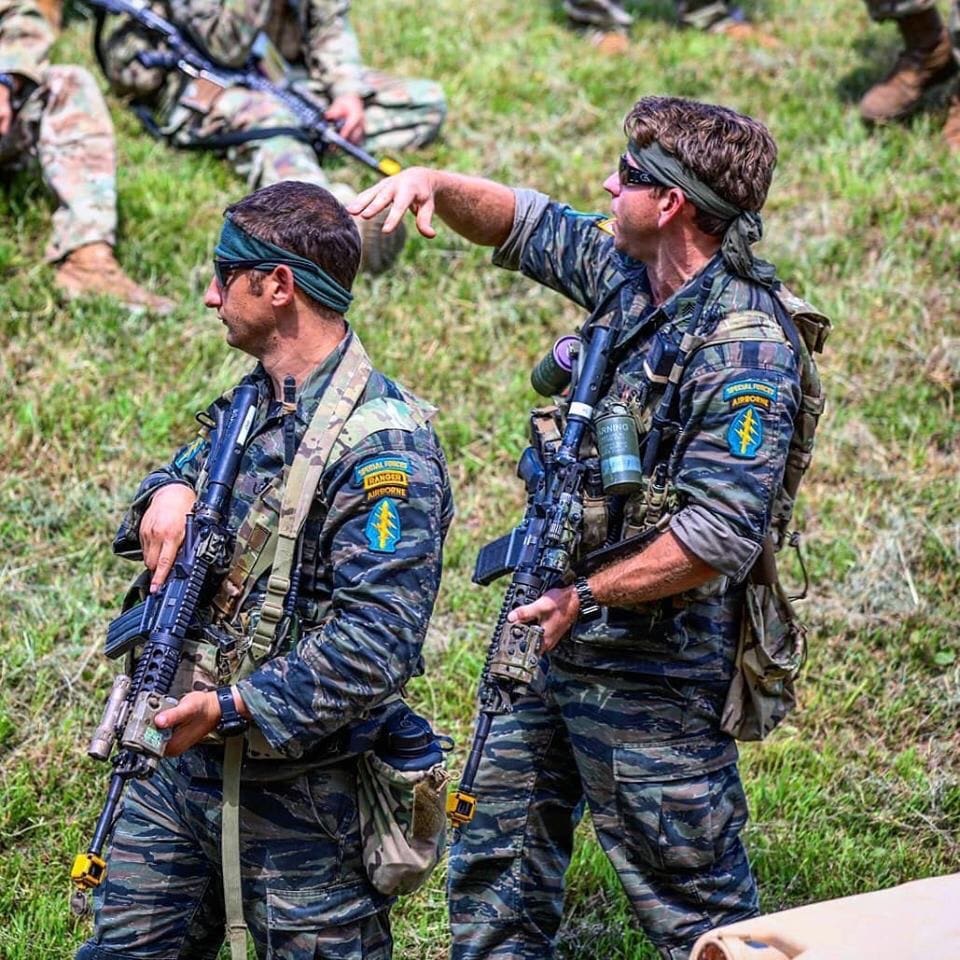
This image in a articulations harkens back to 5th Group’s Vietnam experience. The full color patches are interesting choice.
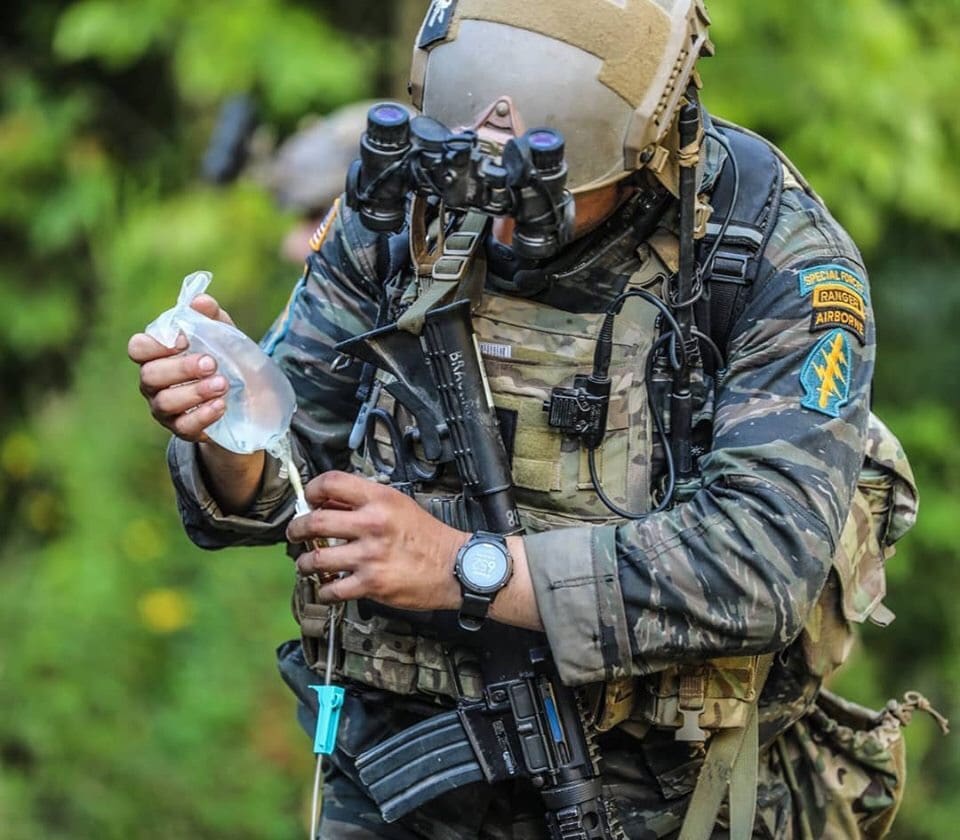
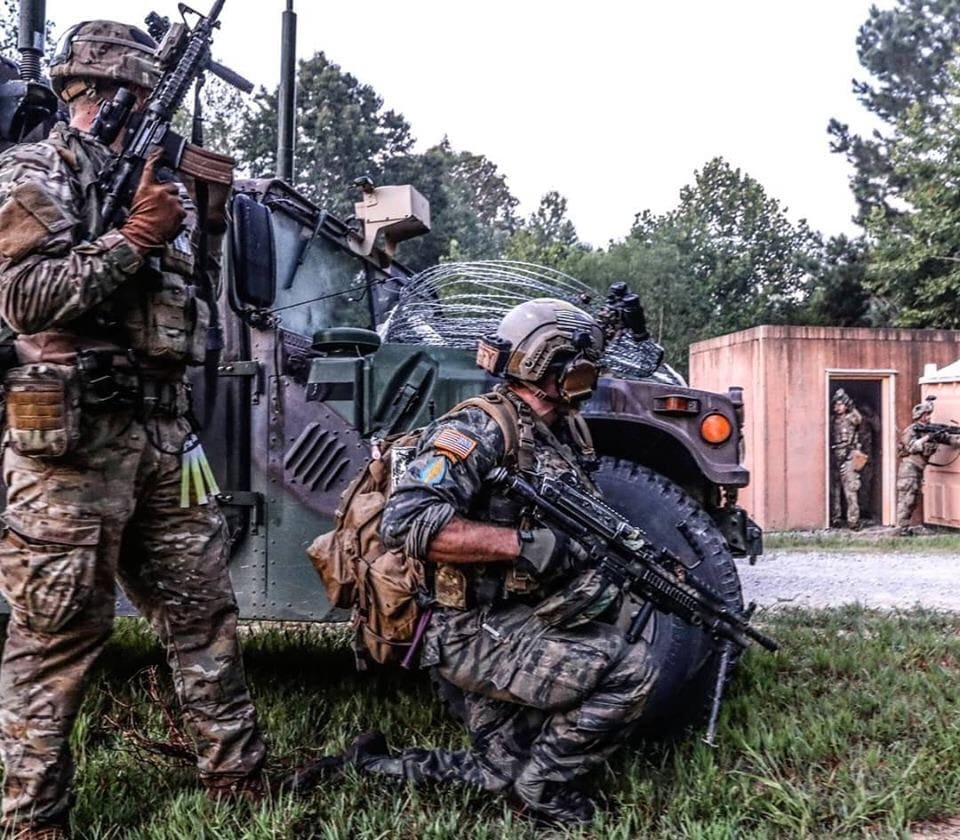
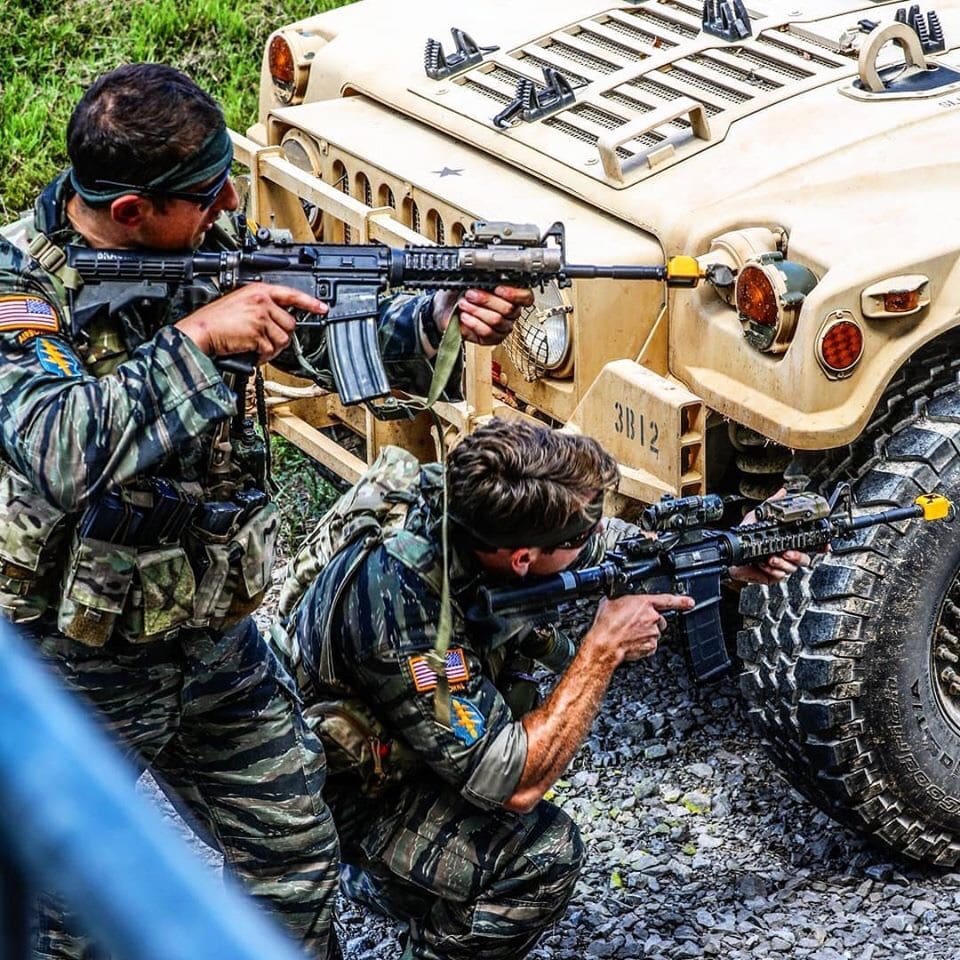
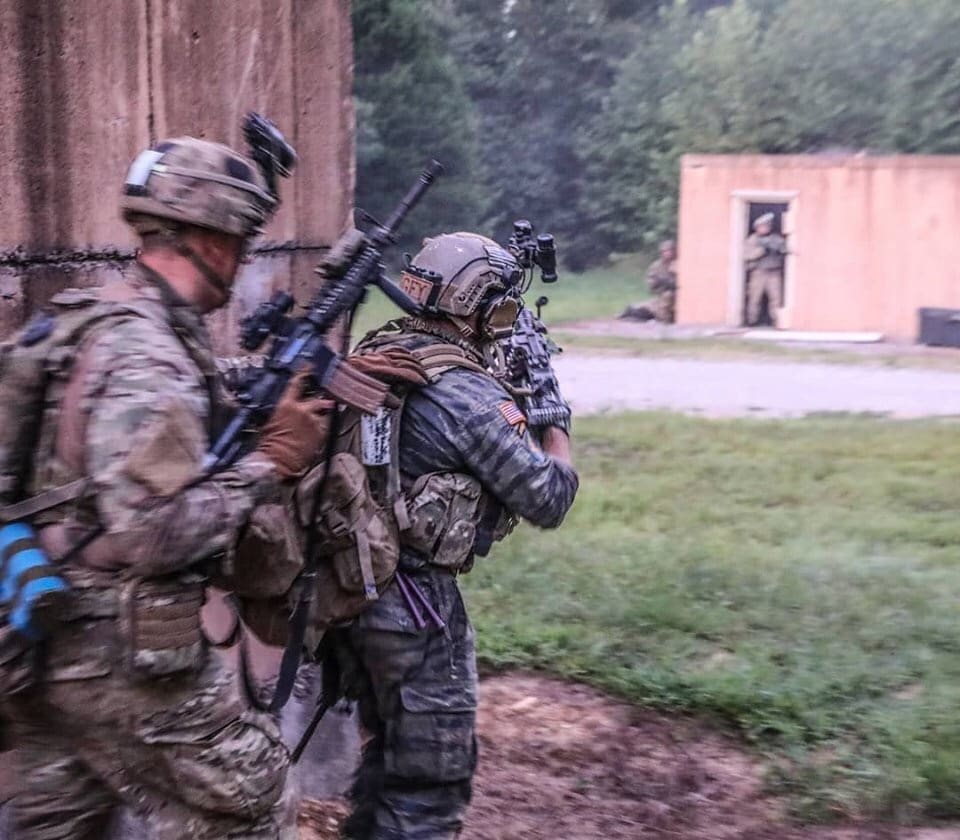
It seems rather fitting to me that on this Labor Day I should share an Air Force heritage video on its maintainers.
Here’s to my Father, Father-in-law, Mother-in-law and Son, along with all of those other AF Maintainers past and present who kept our planes flying so this noner could jump out of them.
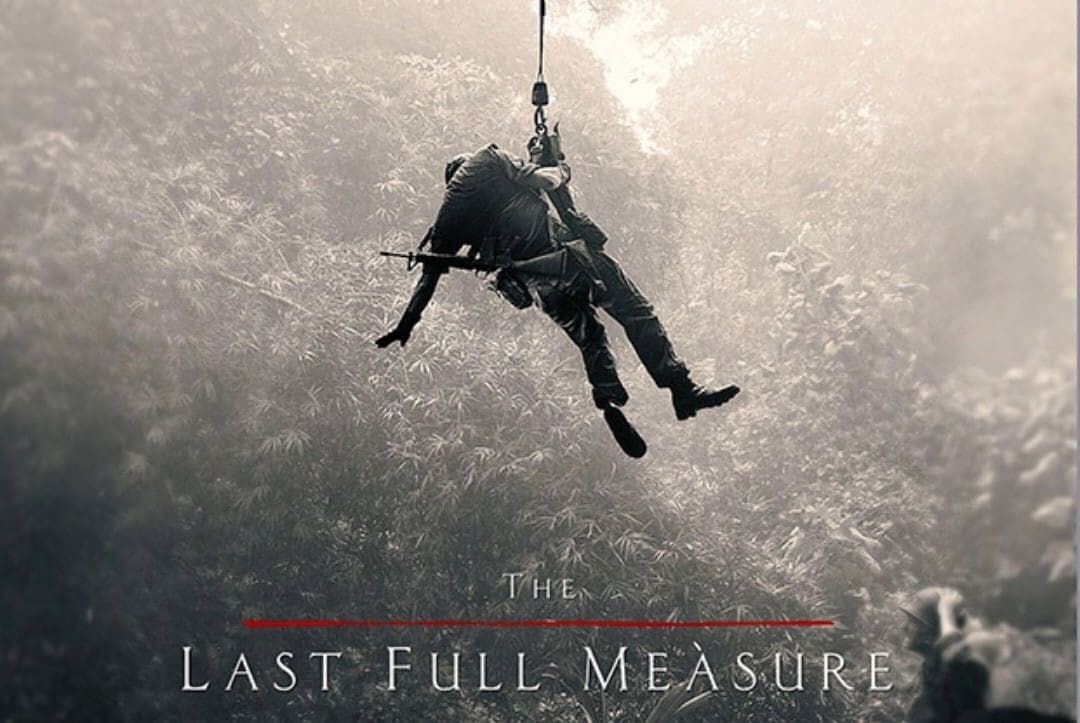
“The Last Full Measure” is the story of Pararescueman William Pitsenbarger who was the first enlisted member of the Air Force to be awarded the Air Force Cross for actions on April 11, 1966 at Can My, Republic of Vietnam.
‘Pitz’as he was known, had joined the Air Force right out of High School and volunteered for Pararescue during Basic Training. A1C Pitsenbarger had flown over 300 combat rescue missions when he succumbed to wounds during that battle, having remained on the ground with the Army unit he had been dispatched to help rescue.
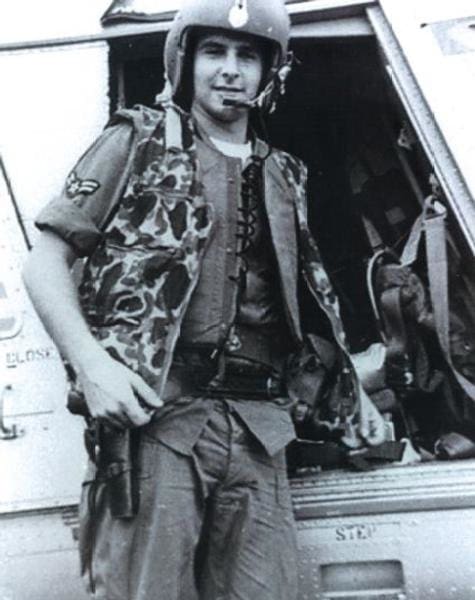
On December 8th, 2000, his Air Force Cross was upgraded to the Medal of Honor. He was also posthumously promoted to the rank of Staff Sergeant.
His Medal of Honor citation reads:
Airman First Class Pitsenbarger distinguished himself by extreme valor on April 11, 1966 near Cam My, Republic of Vietnam, while assigned as a Pararescue Crew Member, Detachment 6, 38th Aerospace Rescue and Recovery Squadron. On that date, Airman Pitsenbarger was aboard a rescue helicopter responding to a call for evacuation of casualties incurred in an on-going firefight between elements of the United States Army’s 1st Infantry Division and a sizable enemy force approximately 35 miles east of Saigon. With complete disregard for personal safety, Airman Pitsenbarger volunteered to ride a hoist more than one hundred feet through the jungle, to the ground. On the ground, he organized and coordinated rescue efforts, cared for the wounded, prepared casualties for evacuation, and insured that the recovery operation continued in a smooth and orderly fashion. Through his personal efforts, the evacuation of the wounded was greatly expedited. As each of the nine casualties evacuated that day were recovered, Pitsenbarger refused evacuation in order to get one more wounded soldier to safety. After several pick-ups, one of the two rescue helicopters involved in the evacuation was struck by heavy enemy ground fire and was forced to leave the scene for an emergency landing. Airman Pitsenbarger stayed behind, on the ground, to perform medical duties. Shortly thereafter, the area came under sniper and mortar fire. During a subsequent attempt to evacuate the site, American forces came under heavy assault by a large Viet Cong force. When the enemy launched the assault, the evacuation was called off and Airman Pitsenbarger took up arms with the besieged infantrymen. He courageously resisted the enemy, braving intense gunfire to gather and distribute vital ammunition to American defenders. As the battle raged on, he repeatedly exposed himself to enemy fire to care for the wounded, pull them out of the line of fire, and return fire whenever he could, during which time, he was wounded three times. Despite his wounds, he valiantly fought on, simultaneously treating as many wounded as possible. In the vicious fighting which followed, the American forces suffered 80 percent casualties as their perimeter was breached, and airman Pitsenbarger was finally fatally wounded. Airman Pitsenbarger exposed himself to almost certain death by staying on the ground, and perished while saving the lives of wounded infantrymen. His bravery and determination exemplify the highest professional standards and traditions of military service and reflect great credit upon himself, his unit, and the United States Air Force.
Look for “The Last Full Measure” in select theaters on October 25th, 2019.
An organizational vision provides direction and unites a team by illustrating the future of that team. For the “Mighty” 18th Weather Squadron our new vision is, “Integrating Environmental Supremacy to Win Our Nation’s Wars.” To accomplish that vision, guided by Squadron Commander Lt. Col. James C. Caldwell, the men and women of the 18th WS, who have been fighting in the War on Terror for nearly two decades, now look to the future.
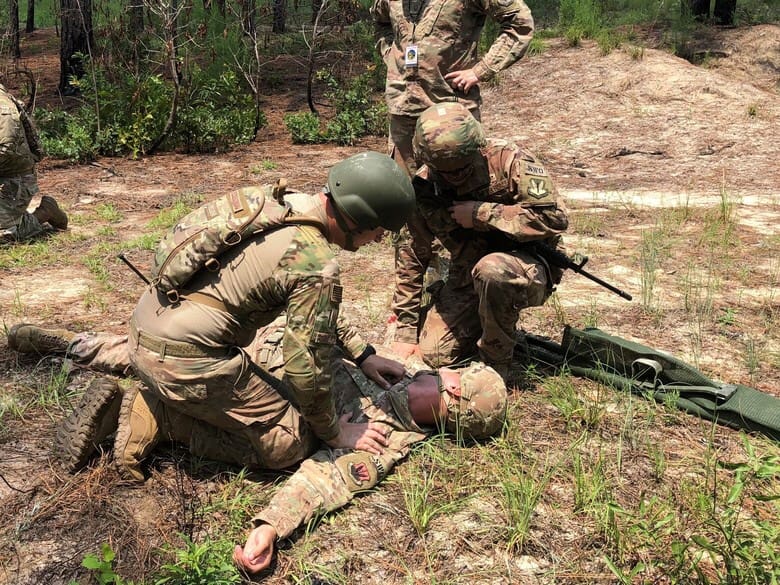
Stationed all along the eastern seaboard of the United States in nine geographically separated units, the Total Force Airmen of the Mighty 1-8 support the conventional Army units of the XVIII Airborne Corps and subordinate divisions, both in-garrison and across the globe. Headquartered at Pope Army Airfield, North Carolina, the 18th WS produces some of the world’s most elite Army Weather Support forecasters, also known as Staff Weather Officers.
While a vision provides the team’s direction, a mission statement provides the “how.” The 18th WS mission statement is to “Train and Equip Courageous, Credible, and Combat-Ready Army Weather Support Airmen.” The most critical component of that mission statement is training. Before 18th WS SWOs are ready for deployment, they must attend a number of different formal training courses, such as the Army Weather Support Course and Evasion and Conduct After Capture. Additionally, SWOs must also complete Airfield Qualification Training and M4 Carbine and M9 Pistol qualification, and provide weather support in both Army and Air Force training and certification exercises.
Some of the more robust exercises in which SWOs participate are at the Joint Readiness Training Center in Louisiana and the National Training Center in California, but SWOs also support live-fire exercises and aircraft gunnery exercises. These exercises prepare the Army, and our embedded SWOs, for current and future warfare. In addition, each geographically separated unit conducts local exercises with supported Army units, including Unmanned Aerial System weather support, but the training does not stop there.
At the 18th WS, SWOs may also have the opportunity to become a paratrooper by attending the Army Basic Airborne Course, or train on aircraft orientation, sling-load operations, and rappelling and fast-rope techniques at Air Assault School. If motivated enough, a SWO may also earn the Pathfinder badge by learning dismounted navigation, and establishing and operating helicopter landing zones and parachute drop zones. To fully embed with our Army units, SWOs require these extra skills when the call comes for accurate environmental predictions.
As a capstone to their training, SWOs must complete an annual, unilateral combat mission readiness evaluation called the Expeditionary Field Evaluation Exercise (EFEX). During the EFEX, SWOs are evaluated on all AWS training items, including land navigation, tactical visibility charts, field condition manual observations, convoy procedures, evaluating and transporting a casualty, Tactical Meteorological Observing System operations, AWS mission weather briefs, and many other tasks. Upon successful completion of the EFEX, SWOs are then certified to execute the mission downrange.
While the basis of effective weather support is accurate, timely and relevant weather products, SWOs go far beyond this. SWOs must tailor products to best support command and control, identifying potential environmental impacts to friendly and enemy forces, while providing means to mitigate or exploit conditions to the advantage of friendly forces or disadvantage of enemy forces. Being able to equip decision-makers with decision-grade intelligence to accomplish mission objectives is what truly separates a SWO from a weather forecaster.
Despite the grinding deployment schedule over the last 20 years, our mission is now changing. The Airmen and families of the Mighty 1-8, guided by the renewed vision and mission statements mentioned above, must accept the current state of global affairs. No longer do we have to solely prepare for counterinsurgency operations, rather, following in the footsteps of the Army, we’re bending our focus each day more towards the high-end fight. State-on-state warfare, as outlined in the National Defense Strategy and the Air Force Weather Functional Concept of Operations, requires a deeper look at our ability to shoot, move and communicate on the battlefield.
Our culture is shifting away from traditional thinking to answer non-traditional requirements that encompass the entire scope of the environment, from the bottom of the ocean to the reaches of space. There’s no doubt that the victor in the next big war will require every advantage, especially those found in Mother Nature. We take this obligation seriously and know full well that the Mighty 1-8 is required for victory. We must be ready! – “All The Way!”
By SMSgt Patrick Brennan and Miguel Rosado, 18th Weather Squadron, 93d Air Ground Operations Wing Public Affairs
Amphibious Landings Tokyo Bay, 28 August – 2 September 1945

On 20 August 1945 UDT 21 ( now SEAL Team Four) embarked onto the USS Begor from Guam. They were going to be part of the occupation force heading for Japan. On 28 Aug 1945 UDT 21 became the first U.S military unit to set foot on Japanese home soil. They were going to recon the landing beaches and ensure that that all fortifications were neutralized. When they landed, LCDR Edward P. Clayton, (back to camera) Commanding Officer UDT 21, was presented with the first sword surrendered to an American force on mainland Japanese. It was given to him by an Army Coastal Artillery Major (opposite Clayton), at Futtsu-Misaki Point, across from Yokosuka Naval Base. When word got back to macarthur that LCDR Clayton, had received what could be considered the official surrender of all troop on mainland Japan, he ordered that the sword is giving back, so the general could expect it. ( yes I am not a fan of the general)
The next day UDT 21 landed at Yokosuka Naval Base. They cleared the docks for the first U.S. warship to dock in Japan. The team remained in Tokyo Bay until 8 Sept. Then it was tasked with locating the remaining Kamikaze, two-person submarines. With the end of the war, the navy draw-down from about 31 UDT teams to just two, one on each coast: UDT Baker and UDT Easy.